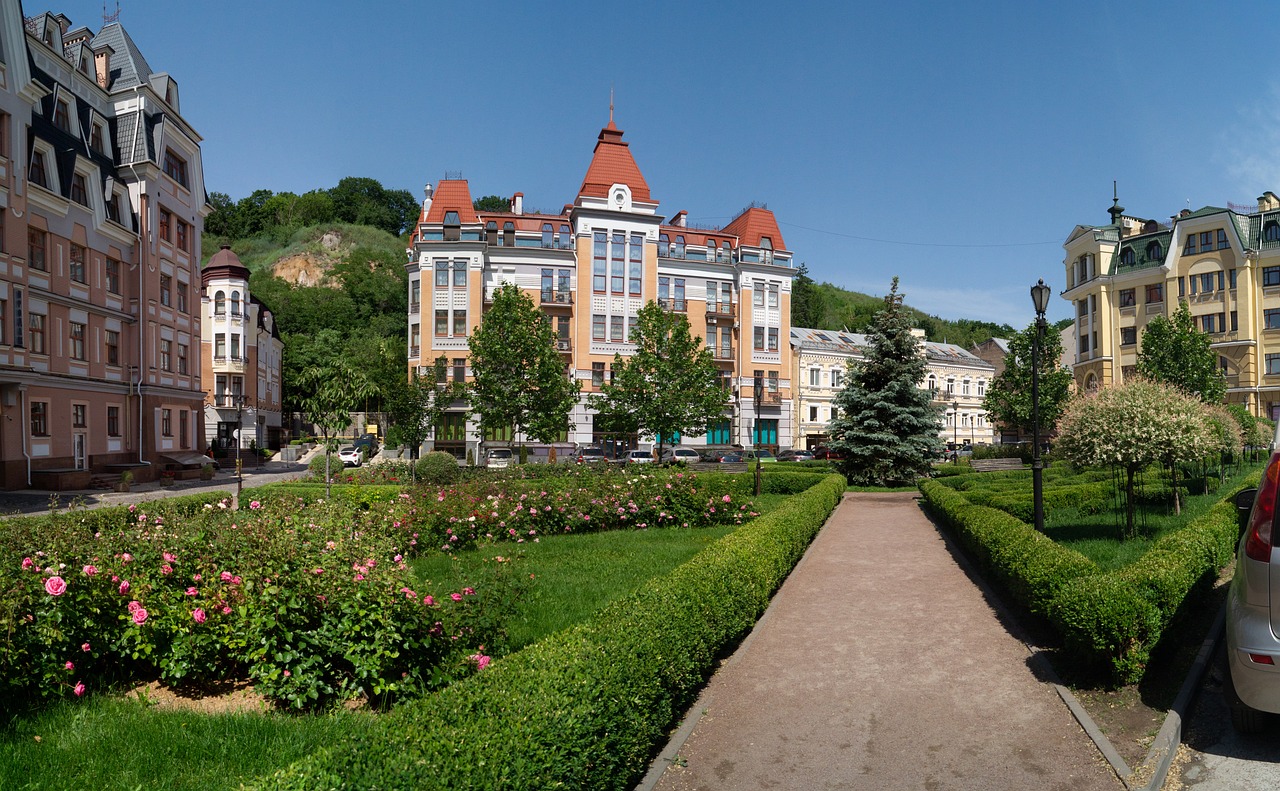The Canary Islands, often dubbed the “Hawaii of Europe,” offer some of the best surf conditions in the world. Blessed with warm weather year-round, powerful Atlantic swells, and a laid-back island vibe, this Spanish archipelago off the coast of Africa is a dream destination for surfers of all levels. From mellow beach breaks perfect for beginners to heavy reef barrels that challenge even the pros, the Canaries have it all.
In this ultimate guide, we’ll explore what makes these islands such an exceptional surf destination, highlight the top surf spots, and give you practical travel tips — with a special focus on Lanzarote surfing, one of the true gems of the Atlantic.
The Canary Islands consist of seven main islands — Tenerife, Gran Canaria, Fuerteventura, Lanzarote, La Palma, La Gomera, and El Hierro — each offering a unique surf experience. Thanks to their position in the Atlantic Ocean, the islands receive consistent swells from the northwest almost all year.
With mild air and sea temperatures (ranging from 18°C in winter to 25°C in summer), you can surf in boardshorts for much of the year. The trade winds keep the climate pleasant, and even in the middle of winter, you’ll find surfers riding clean waves under blue skies.
Because of this consistency, professional surf photographers, film crews, and international competitions often flock to the Canary Islands during Europe’s colder months — making it a reliable, world-class surf escape.
While you can surf here year-round, the best time for waves is from September to April. During this season, the Atlantic storm systems deliver powerful swells that light up reef breaks across the islands.
Autumn and Winter (September–April): Ideal for intermediate and advanced surfers seeking more powerful waves.
Spring and Summer (May–August): Smaller, friendlier waves perfect for beginners or longboarders.
Morning sessions are typically the cleanest because winds tend to pick up in the afternoon. Always check local tide charts — many reef breaks perform best at mid to high tide.
Among all the islands, Lanzarote stands out for its raw volcanic beauty and its remarkable variety of surf spots. With black-lava reefs, golden sand beaches, and some of Europe’s heaviest barrels, Lanzarote surfing caters to everyone from first-timers to barrel-hunters.
Known as the “Hawaii of the Atlantic,” Lanzarote offers an unbeatable combination of consistent surf, dramatic scenery, and a relaxed surf culture.
Famara is the beating heart of Lanzarote’s surf scene. This six-kilometer sandy beach is surrounded by striking cliffs and offers a range of peaks that cater to all levels. The gentle waves near the village are perfect for beginners, while the central and northern parts of the beach produce more powerful waves for intermediates.
You’ll find plenty of surf schools, rental shops, and laid-back hostels in Famara, making it the ideal base for a surf trip.
Located on the island’s west coast, La Santa is a world-class reef break reserved for experienced surfers. Its famous left-hand wave is fast, hollow, and breaks over sharp volcanic rock. When the swell direction is right, La Santa delivers some of the best barrels in Europe.
Booties are recommended, as the reef here is shallow and jagged. Local respect is important — wait your turn and don’t drop in.
Just north of La Santa lies El Quemao, a legendary reef break that attracts pros and big-wave surfers from around the globe. Often compared to Pipeline in Hawaii, El Quemao is a heavy, barreling left that requires confidence, skill, and perfect timing. It’s one of the most photogenic waves in the Canary Islands, but it’s definitely not for beginners.
San Juan, near Famara, is another high-performance reef that offers long, powerful lefts. It’s a regular venue for surf competitions and rewards experienced riders with some of the best walls on the island.
At Lanzarote’s northern tip, Orzola is a quieter alternative, offering softer, beach-break waves perfect for beginners and intermediates. It’s less crowded and framed by stunning coastal scenery — great for a relaxing surf day away from the main hubs.
The water temperature in Lanzarote ranges from 18°C in winter to 24°C in summer. In the cooler months, a 3/2mm wetsuit will keep you comfortable; in summer, many surfers ride in shorties or even just boardshorts.
The most consistent swells come from the northwest and north, while the prevailing northeast trade winds can make some east-facing beaches choppy in the afternoon. Early mornings or protected reef breaks are often best for clean conditions.
Many of Lanzarote’s top surf spots break over volcanic reef, so it’s important to know where you’re entering and exiting the water. Booties are advisable. Watch out for strong rips at beach breaks like Famara and powerful shorebreaks on big days.
The surf scene in Lanzarote is a mix of local Canarian surfers, expats, and travelers chasing waves from around the world. In Famara, the atmosphere is friendly and international, with surf schools, cafes, and yoga studios lining the streets.
Respecting local etiquette is crucial — wait your turn, don’t snake other surfers, and always greet people in the lineup. The locals are passionate about their home breaks and appreciative of visitors who show respect for the ocean and community.
Famara Village: The hub of surf life in Lanzarote. Ideal for beginners with easy beach access and dozens of surf camps.
La Santa: Perfect for experienced surfers wanting to be near the island’s best reefs.
Costa Teguise or Puerto del Carmen: Good for families or travelers looking to combine surfing with other island adventures.
Accommodation options range from budget surf hostels to luxury villas with ocean views. If you want a full surf experience, many surf camps offer packages that include accommodation, lessons, and daily transport to the best breaks.
For beginners or those looking to improve, Lanzarote has an excellent selection of surf schools and camps. Most are based around Famara and offer professional instructors, small class sizes, and quality gear.
Whether you’re learning to stand up for the first time or fine-tuning your bottom turn, the consistent waves and warm water make it an ideal learning environment.
Rent a Car: Public transport is limited, and many surf spots are remote. A car allows you to chase the best conditions each day.
Bring Booties: Volcanic reefs can be sharp. Protect your feet when entering or exiting the water.
Check the Forecast: Swell direction and wind conditions change rapidly. Local surf shops or apps like MagicSeaweed and Windguru provide daily updates.
Respect Nature: The island’s landscapes are protected; avoid littering and stick to marked paths.
Stay Flexible: Conditions vary across the island — if it’s windy on the west, try the north or east coast.
While Lanzarote surfing is a highlight, each Canary Island offers its own flavor.
Fuerteventura: Known for its golden sand and beginner-friendly beach breaks.
Tenerife: Offers consistent surf and a vibrant nightlife scene.
Gran Canaria: A mix of urban convenience and reef perfection.
Island hopping is easy and allows you to experience multiple surf cultures in one trip.
Surfing in the Canary Islands is more than just a sport — it’s a lifestyle that blends ocean energy, volcanic landscapes, and island charm. Every session here feels special, whether you’re catching your first wave in Famara or charging a barrel at El Quemao.
The islands’ unique mix of consistent waves, sunshine, and warm hospitality makes them one of the most reliable surf destinations on earth.
So, pack your board, grab your wetsuit, and prepare for an unforgettable surf adventure in paradise. And if you’re searching for the perfect balance of consistent swells, breathtaking scenery, and vibrant surf culture, Lanzarote surfing should be right at the top of your bucket list.




Want to add a comment?